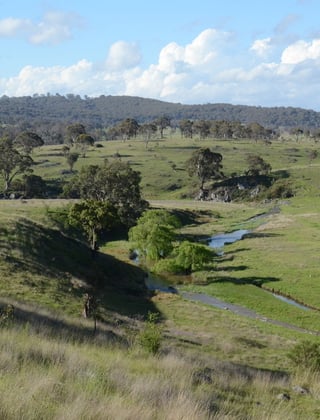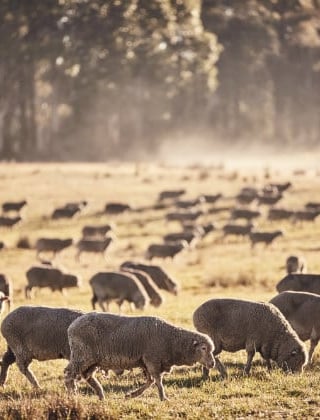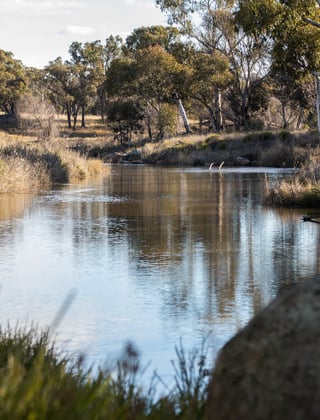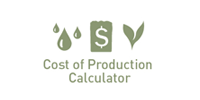Regen ag benefits under the spotlight
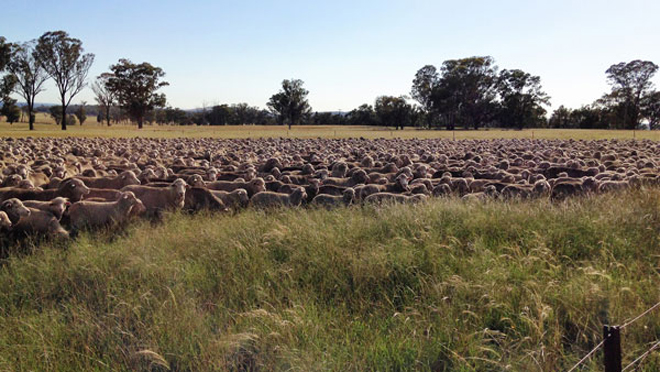
An AWI-funded study has provided valuable insights for woolgrowers seeking to improve on-farm environmental practices – such as soil carbon storage and pasture management – while maintaining productivity and profitability.
A recent AWI-funded project provides practical guidance for woolgrowers looking to improve their environmental performance without sacrificing productivity or profitability. The research was carried out in response to growing market demand for woolgrowers to demonstrate strong environmental credentials.
The project explored several key components of regenerative agriculture, specifically:
- Pasture species diversity
- Cell grazing
- Soil organic carbon (SOC).
Whole-farm stocking rate and seasonal rainfall are major drivers of pasture productivity, SOC levels, greenhouse gas (GHG) emissions, and overall farm profitability. However, grazing management practices, particularly adaptive or cell grazing, and the selection of productive, locally adapted pasture species also play an important role in influencing these outcomes. While cell grazing and targeted species selection often have a greater immediate impact than overall species diversity, maintaining a diverse pasture remains important. Reduced diversity can limit seasonal forage production and undermine the long-term resilience and stability of the grazing system.
The project, titled ‘DELIGHTED’ (DoEs regenerative agricuLture Impact on GreenHouse gas emissions and profiTability), was led by Tasmanian Institute of Agriculture, a joint venture of University of Tasmania and the Tasmanian Government, as part of the Carbon Storage Partnership.
It focused on four commercial wool-growing properties in Western Victoria, the Coorong region of South Australia and the eastern wheatbelt of Western Australia, with annual rainfall ranging from 350 to 730 mm annually. Two of these farms self-identified as practicing regenerative agriculture, while the other two follow conventional management practices.
Pasture species, not species diversity, increased sward production
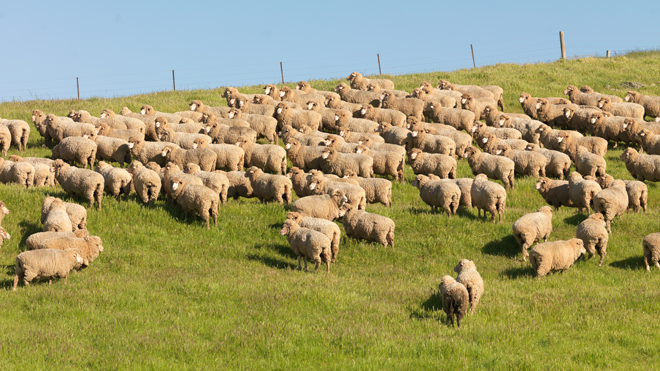
The researchers modelled whether increasing sward composition, from the three predominant pasture species in the existing pastures to five predominant species, increased pasture growth and SOC. In consultation with each case study farmer, perennial ryegrass was replaced by tall fescue and annual ryegrass; subterranean clover replaced white clover, and Phalaris was replaced by lucerne and cocksfoot.
The study found that the type of pasture species had a greater influence on productivity and SOC levels than species diversity. Simply adding more species did not guarantee higher pasture yields. As such, the type rather than amount of pasture species had greater effect on biomass production and SOC sequestration. However, in some cases, reducing diversity led to declines in seasonal growth, suggesting that diversity still plays a role in system resilience.
To boost pasture performance and soil health, the study recommends using high-yielding, regionally adapted species. A general guideline is maintaining 70% grass and 30% legumes (such as clover), as legumes support nitrogen fixation and improve pasture digestibility.
Productive pastures reduce feed needs and emissions
Pastures with three high-yielding species produced more biomass, which lowered the need for supplementary feeding. These swards also sequestered more soil carbon, reducing net GHG emissions despite increased methane output from higher stocking rates.
The study highlighted the importance of aligning livestock feed demand with pasture growth. For example, in southern Australia, timing lambing with spring growth can help match stocking rates with peak pasture availability, reducing the reliance on supplementary feed.
Cell grazing increased pasture growth and soil carbon

The researchers modelled the impacts of cell grazing (short, intense grazing periods with long rest periods grazing) with traditional set stocking (continuous grazing with lower stocking density). Cell grazing improved profitability due to higher pasture productivity, greater carrying capacity, lower feed costs, better soil carbon sequestration, and lower emissions.
Cell grazing promoted pasture recovery by allowing rest between grazing events, which helped rebuild root biomass and carbohydrate reserves. In contrast, continuous grazing depleted root reserves, especially when animals grazed regrowth repeatedly.
However, cell grazing requires more labour and better infrastructure. Woolgrowers must monitor pasture conditions closely and rotate livestock frequently. While recent advances in remote sensing technology are improving the practicality of monitoring pastures and moving stock, farm infrastructure (e.g. fencing and access to water) also needs to be considered; cell grazing generally requires smaller paddocks. Some farmers adjust paddock sizes to maintain the same overall total carrying capacity (dry sheep equivalents).
Rest periods between grazing depend on pasture type, stocking rate, and season. While longer rest periods benefit soil and plant health, very long rests (e.g. up to a year) may reduce overall farm profitability by lowering total carrying capacity.
Historical SOC is an important consideration
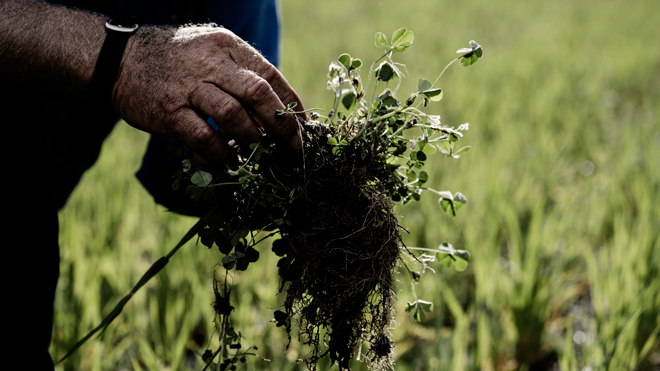
The study also examined how historical SOC levels influence future outcomes. Farms with low initial SOC (e.g. 1%) have more capacity to store additional carbon and reduce emissions after adopting new practices than farms with already high SOC (e.g. 3% on sandy soils and 7–8% on clays).
These findings have important implications for participating in carbon markets. These markets reward additional SOC storage after a change in practice (known as additionality), so woolgrowers with low starting SOC may benefit the most from participation.
Before starting a carbon project, the researchers recommend woolgrowers assess their current SOC levels. Those with low SOC should focus on improving soil health and fertility and carbon storage, while those with high SOC should focus on maintenance to ensure that stored carbon is not lost, especially during drought or periods of low ground cover.
It’s important to note that farm regions with low SOC may have the greatest potential to store carbon and contribute to reducing overall farm GHG emissions compared with areas that have not been cleared/cultivated, which generally have greater existing SOC levels.
The researchers caution that while carbon markets can provide additional income, wool and livestock prices still have a much greater impact on overall farm profitability, even when significant improvements in SOC are achieved.
More information: www.wool.com/environment
This article appeared in the Winter 2025 edition of AWI’s Beyond the Bale magazine that was published in June 2025. Reproduction of the article is encouraged.






